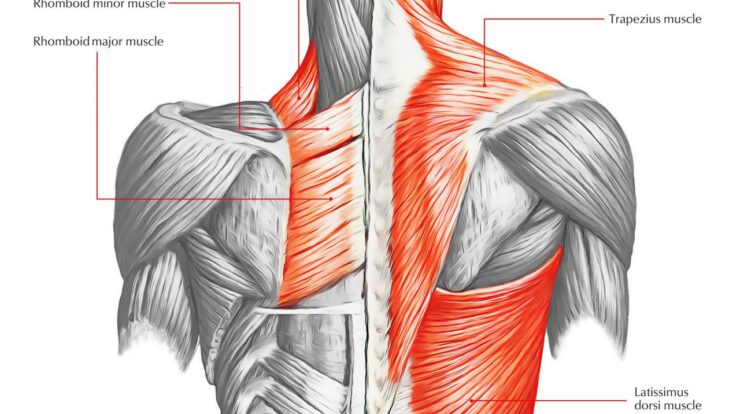
Pico measurement, the art of measuring incredibly small quantities, opens up a realm of possibilities in science, engineering, and beyond. From unraveling the secrets of nanotechnology to advancing electronics, this cutting-edge technique empowers us to explore the intricate details of our world.
Pico measurements delve into the realm of the minuscule, where quantities are expressed in trillionths of a unit. This extraordinary precision allows us to probe the behavior of materials, biological processes, and electronic devices at an unprecedented level.
Pico Measurement Fundamentals

Pico measurement is a highly precise technique that involves measuring and analyzing extremely small electrical signals or physical quantities at the picosecond (10^-12 seconds) and picoampere (10^-12 amperes) levels. This technique plays a vital role in various scientific disciplines, engineering applications, and everyday technologies.
Examples of pico-level measurements include:
- Measuring the electrical activity of neurons in neuroscience
- Characterizing the electronic properties of semiconductors in materials science
- Analyzing the chemical composition of samples in analytical chemistry
- Testing the performance of high-speed electronic circuits in engineering
- Detecting faint signals in astronomy and astrophysics
Techniques and Instrumentation, Pico measurement
Pico measurement requires specialized techniques and instrumentation to achieve the necessary precision and sensitivity. These techniques include:
- Picoammeters: Instruments designed to measure extremely small currents
- Picosecond lasers: Lasers that emit ultrashort pulses of light
- Atomic force microscopy (AFM): A technique that uses a sharp probe to scan surfaces at the atomic level
The instrumentation used in pico measurement includes:
- High-resolution oscilloscopes
- Signal generators
- Precision probes
- Specialized software for data acquisition and analysis
Applications in Science and Technology
Pico measurement finds applications in numerous scientific and technological fields, including:
- Nanotechnology: Characterizing the electrical and optical properties of nanomaterials
- Electronics: Testing and debugging high-speed electronic circuits
- Materials science: Studying the electronic and structural properties of materials
- Biophysics: Measuring the electrical activity of biological cells and tissues
- Medicine: Diagnosing and treating neurological disorders
Pico measurements have significantly advanced research and development in these fields by enabling scientists and engineers to study and manipulate phenomena at the smallest scales.
Challenges and Limitations
Pico measurement faces several challenges and limitations:
- Noise: Pico-level signals are susceptible to noise from various sources
- Sensitivity: Picoammeters and other instruments have limitations in sensitivity, which can affect the accuracy of measurements
- Accuracy: Pico measurements require careful calibration and control of experimental conditions to ensure accuracy
Researchers are actively working on overcoming these challenges by developing new techniques and instrumentation.
Future Trends and Developments
The future of pico measurement holds exciting possibilities:
- Improved sensitivity and accuracy: Advancements in instrumentation and techniques will enable more precise and reliable pico measurements
- Integration with other technologies: Pico measurement will be integrated with other technologies, such as machine learning and artificial intelligence, to enhance data analysis and interpretation
- New applications: Pico measurement will find applications in emerging fields, such as quantum computing and biotechnology
These developments promise to further expand the capabilities and impact of pico measurement in scientific research and technological innovation.
Wrap-Up

As pico measurement technology continues to evolve, we can anticipate even more groundbreaking discoveries and advancements. From unraveling the mysteries of quantum mechanics to shaping the future of medical diagnostics, pico measurements hold the key to unlocking the potential of the unseen.
Questions Often Asked: Pico Measurement
What is the significance of pico measurement?
Pico measurement enables us to explore and understand phenomena occurring at extremely small scales, providing valuable insights into the behavior of materials, devices, and biological systems.
What are some examples of pico-level measurements?
Pico-level measurements are used in diverse fields, including measuring the electrical current in nanoelectronic devices, the time intervals between laser pulses, and the forces exerted by individual molecules.
What challenges are associated with pico measurement?
Pico measurement faces challenges such as noise, sensitivity limitations, and the need for specialized instrumentation. However, ongoing advancements aim to overcome these hurdles and push the boundaries of precision measurement.





